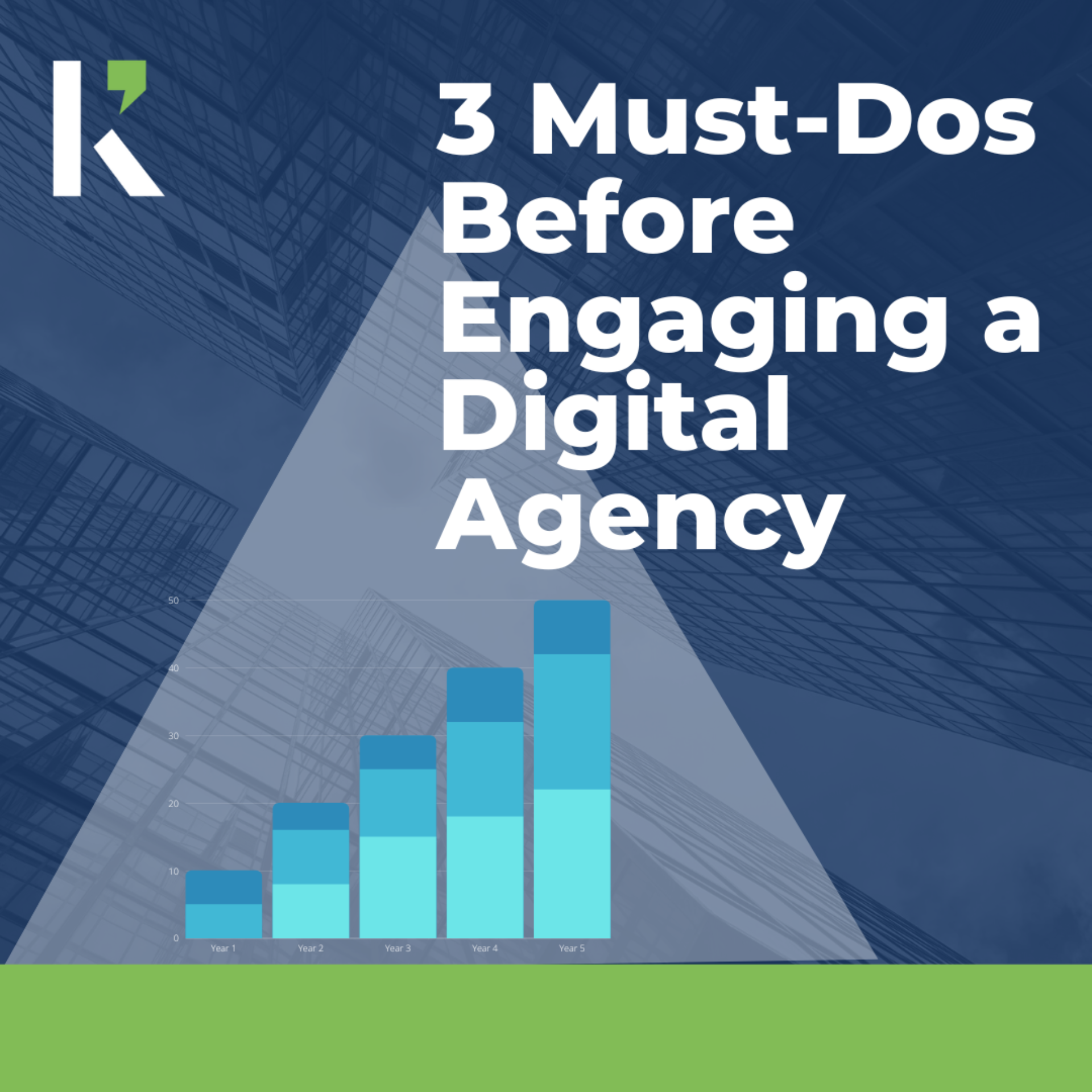Team Spotlight: Meet Cara
Cara Wetzel has worked in the marketing and advertising industry for over 20 years. Her background includes studies in communication, creative writing, and design. She…
Read More
The digital world can be intimidating. Especially if it is crucial to your marketing plan…and you have no idea where to start. Of course, like everything, there are professionals and agencies. But you need to learn the basics so you know what questions to ask. Here are some foundational steps to get you started.
#1 Define Your Business Objective:
Identify what you want to accomplish with a digital plan. Sell a product or service? Build brand awareness and credibility? Hire new talent? Knowing what your end goal is will help you to define what kind of high-level digital marketing will work best for you. The most popular digital marketing solutions include Organic and Paid Social Media, Online Marketing, Search Engine Optimization and/or Marketing, and Email Outreach. Which solution aligns with your business objectives?
#2 Identify Your Target Audience and Where to Reach Them:
Once you know what type of digital marketing solution(s) will work best for you, you can narrow in on specific channels and platforms by identifying your audience and what content serves them best. Which organic social media channel is the best way to reach your audience?
Which Paid Social Media and Online Marketing solution is best for your business goals and target audience?
#3 Drive Behavior Through Creative
We could dedicate an entire article to just this! So here are the basics:
Want to learn more? Visit www.kirkpat.com.
By: Cara Wetzel

Cara Wetzel has worked in the marketing and advertising industry for over 20 years. Her background includes studies in communication, creative writing, and design. She…
Read MoreAdrienne Livingston has 15 years of experience managing public relations and social media efforts for a wide range of companies. Now located in the Washington,…
Read MoreA business unit of a coatings and materials company wanted to position itself as an industry leader and increase visibility for its products, technologies and…
Read MoreEmma Pegler is a California-based (soon-to-be DC-based) communications consultant and 2023 graduate of Texas Christian University. After connecting with Kirkpatrick Group founder Katie Regan on…
Read More